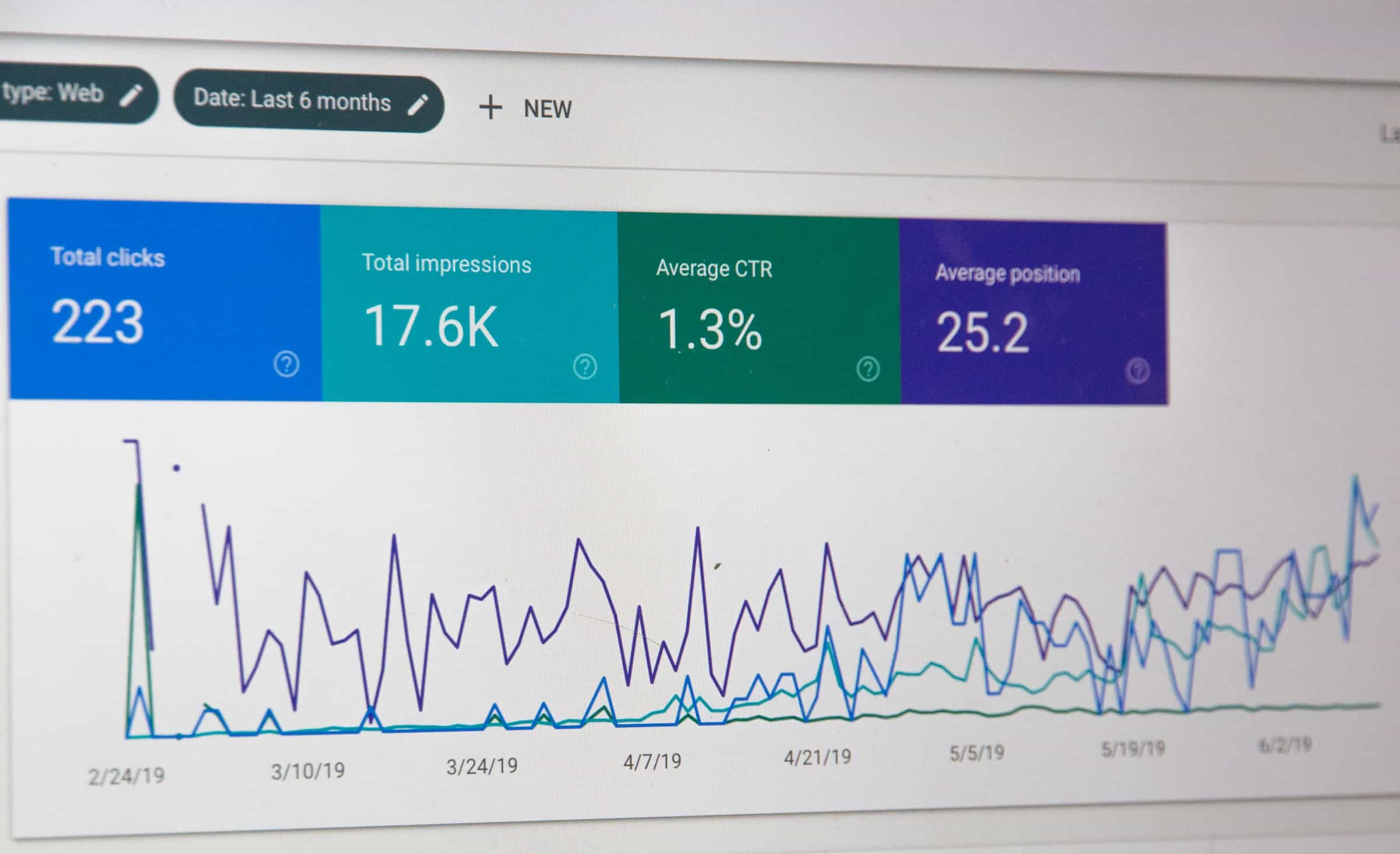Launching a new website can be an exciting experience. You’ve spent months (or even years) selecting a target audience, creating goods and/or services, writing content for your website, taking and/or selecting photos, and now it’s time to share your site with the world.
Nonetheless, there are a few things you’ll want to do before your site goes live.
Check Post and Page Formatting

Great content on its own won’t keep people on your page. It needs to be properly formatted, so readers can view it easily. Break up long chunks of text into smaller paragraphs with subheadings and use bullet points when needed. Adding images and photos can increase user interest and help you get your point across with ease.
Check the formatting to ensure all your content is in the same font and the same size. Check HTML tags to ensure that content that should be highlighted is either bold or italicized. Check headers to ensure users can click on the table of contents and automatically scroll down to any given paragraph.
Ensure That All Internal Links Are Working
If you’ve included links in your content, check each one to ensure none are broken. Broken links not only make it hard for visitors to navigate your site but also impact your ranking on Google. Even a single link can cost you a lot of money long-term if interested buyers click on a product link, aren’t able to find what they’re looking for, and so head off to one of your competitor’s websites.
It’s also a smart idea to create a custom 404 error page in case users encounter broken links in the future. A custom page can showcase some of your most popular posts, redirect users to the home page, or simply provide some amusement. In any case, this page shows you care about user experience.
Test Sign-Up and Opt-Out Forms

Email marketing is incredibly effective, which is why many companies have a sign-up form for site visitors to sign up for a special deal or regular updates. However, sign-up forms are only effective if they work properly. Test your form to ensure it’s easy to use and works properly.
Opt-out forms are also important. Users who don’t want cookies should be able to turn them down. Those who no longer wish to receive your email updates should be able to unsubscribe. Failure to provide working opt-out forms is unprofessional; what’s more, it can hurt your long-term marketing efforts as users who no longer wish to receive your emails start sending them to the spam folder.
Create Privacy and Terms of Service Pages
Users expect genuine companies to have a Privacy page and a Terms of Service page. A Privacy page tells users what you will do with the data they provide you, i.e., full name, address, phone number, email, and/or credit card number. Users should be assured this data will not be sold to third parties and that it will be stored securely in conformance with federal and state regulations.
A Terms of Service page explains what your company does and doesn’t do. It should cover information related to purchases, returns, use of your content, customer service, etc. Consulting a legal expert may be in order to ensure your Terms of Service are comprehensive yet appealing.
Add an Intuitive Navigation Menu

Can users scroll through your site with ease? Will they be able to find what they’re looking for even if they aren’t familiar with your industry?
An intuitive navigation menu makes it easy for individuals to find what they’re looking for. What’s more, it can also boost sales by making it easy for users to find products/services that appeal to them without having to specifically search for them.
Test Your Shopping Cart
If you have a shopping cart, you’ll want to make sure it works properly. Try purchasing something from your shop to ensure there are no glitches. The cart should load properly, display accurate information, and allow users to add and delete items with ease.
Make sure users have multiple options when deciding how to pay for goods/services. Consider having Apple Pay and a Bitcoin Wallet connected to allow for crypto payments.
Check each option to ensure payments are processed quickly and you are notified when someone buys something.
Add Analytics Tracking Codes

Monitoring site data can help you see what your target audience likes (and dislikes) the most about your site. You’ll see which products get the most views as well as which ones generate the most sales. You’ll gain insight into why some users abandon their shopping costs while others complete their purchases.
Adding analytics tracking codes is a must if you want to know what potential customers are doing and why. This data also comes in handy when developing new goods/services, creating targeted advertising campaigns, choosing where to open a new branch office, and deciding on special discounts or offers.
Don’t Forget Branding
Branding sets you apart from your competition, making it easy for users to see who you are and what you have to offer. Social media marketing plays a big role in branding as it helps people get to know you and identify with your company.
Even so, the branding experience starts on your website. Your site layout, the images you use, and the way you interact with customers are all part of your branding. A logo is a must, so take some time to get inspiration for logos in order to find the one that would be the best fit for your company.
Double-Check to Ensure All Your Pages Load Properly

Every single one of your pages needs to load properly. When a user clicks on a page, it should load in a few seconds and display content in an attractive, appealing manner.
Click on every single one of your pages to ensure there are no glitches. Fix pages that won’t load fast enough or that have problems that would impede a positive user experience.
Check for a Responsive Design
Recent statistics show there are 6.4 billion smartphone users in the world, and nearly 70% of these users research products and services online and use shopping apps to purchase items. What’s more, Google uses site responsiveness as a factor in determining site rank.
Test your site on various smartphone devices to ensure it loads quickly, displays information attractively, is easy to use, and appealing to online shoppers. A responsive site can spell the difference between success and failure for your business.
Add an SSL Certificate

An SSL certificate encrypts information sent to and from a site visitor and your server. It is especially important for online stores and stores that collect personal information via sign-up pages, as SSL certification prevents cyberattacks that could permanently devastate your business. Even so, there is no good reason for any site to be without this form of certification.
Without SSL certification, site visitors will see a “not secure” message in the address bar. They may feel unsafe browsing your site and so opt to leave before checking out your offerings. What’s more, SSL offers added benefits in addition to a secure browsing experience. With SSL certification, your site will load faster than it would otherwise. Furthermore, SSL certification boosts your standing in Google.
Set Up Your Website Email
Can potential customers get in touch with you easily? Some sites opt to use a Contact form, but even such a form won’t take the place of a company email.
Not any old email address will do. Your email address should be companyname@gmail (or some other secure email service).com. Don’t add numbers or symbols to your company name; it looks tacky and will turn off potential clients.
Conclusion
Even small details can make a huge difference when creating a new website. Paying attention to the points outlined above will boost your odds of success, as your site will run smoothly and appeal to your target audience from the start.
If you’re planning a new website, have just launched one, or have run a website for a while but want to improve user experience and ROI, consider the points outlined above.
Use them to check every aspect of your site, make changes as needed, and then sit back and enjoy the positive results.
